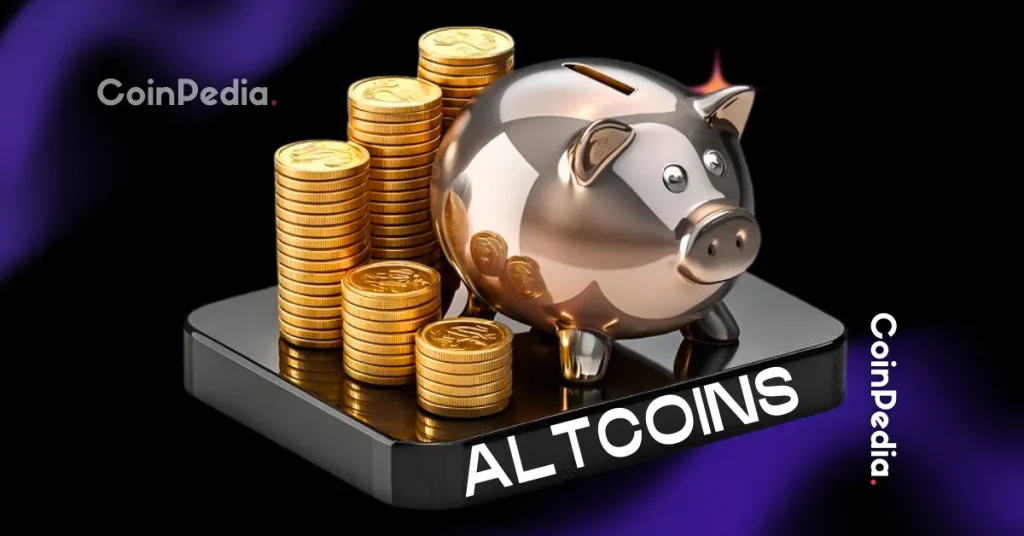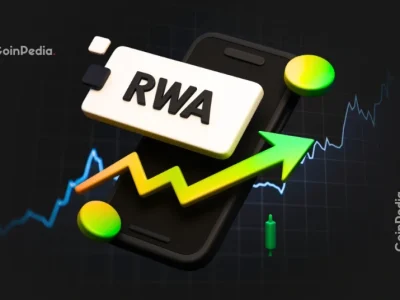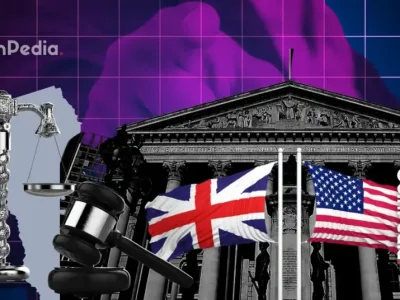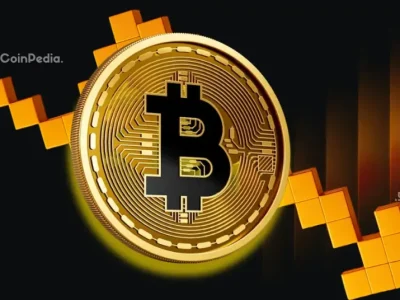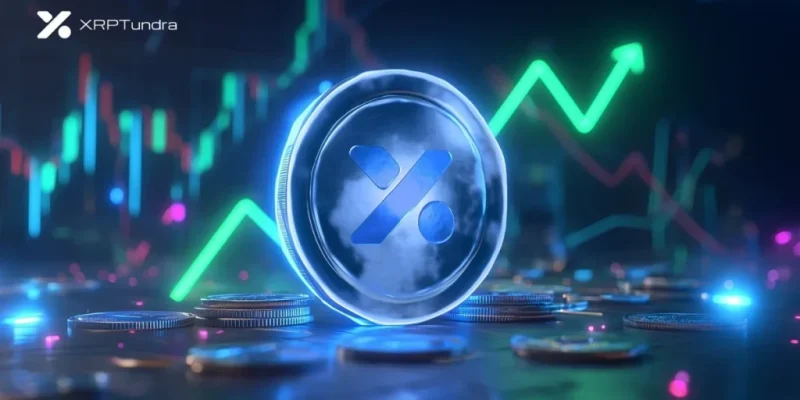
The post Is XRP a Good Investment? How Tundra’s Growing Staking Platform Could Protect Your Portfolio in Uncertain Markets appeared first on Coinpedia Fintech News
For years, XRP carried the weight of a regulatory battle it didn’t start. Long before the SEC case reached its conclusion, the asset’s reputation was shaped as much by courtroom headlines as by its technical advantages. Investors dealt with uncertainty that few major cryptocurrencies faced: stalled institutional adoption, paused integrations, ecosystem stagnation and a complete absence of a native DeFi layer. For many, XRP became the asset with strong fundamentals but nowhere to express them — no yield options, no governance systems, no on-ledger staking, no robust L2 roadmap. It was infrastructure waiting for a moment that never seemed to arrive.
The turning point came only after XRP finally secured legal clarity. Today’s investment question — is XRP a good investment heading into 2026? — exists precisely because the environment around the asset has changed more in the past 18 months than in the prior five years. With the legal cloud gone, institutions began re-engaging, treasuries started accumulating, developers returned to XRPL, and new products finally moved forward. It has created the conditions that XRP lacked throughout the entire SEC dispute.
XRP’s Previous Underperformance Was Rooted in Missing Infrastructure
XRP’s earlier cycle performance was not simply the result of volatility or sentiment. The asset lacked the structural tools that anchor capital during downtrends and compound returns during uptrends. Ethereum, Solana and Avalanche built staking layers, lending markets, governance structures and yield engines. XRP did not.
Without staking, holders earned nothing on idle assets. Without yield, treasury strategies were limited. Without a DeFi layer, institutional liquidity treated XRP as a settlement mechanism rather than a programmable asset. Even during periods of strong fundamentals, the network could not channel participation into long-term value creation.
That absence defined the ecosystem for nearly a decade — until the recent shift in infrastructure and regulatory clarity finally opened the path to a different trajectory.
XRP Enters a Structurally Stronger Investment Environment
XRP’s position in late 2025 is materially different from its past cycles. The asset remains one of the few top-10 cryptocurrencies still posting positive year-to-date performance despite broad market weakness. This resilience isn’t driven by speculation; it’s driven by structural improvements across the XRPL ecosystem.
The first US spot XRP ETF launched through Canary Capital, followed by additional issuers preparing to expand institutional inflow channels. Corporate treasury accumulation is strengthening, with firms such as VivoPower and Wellgistics building structured XRP reserves. Cross-border payment adoption continues to expand as Ripple deepens integrations with partners including SBI and Tranglo.
These shifts answer a critical part of the investment question: XRP is no longer held back by regulatory risk or ecosystem stagnation. It now participates in global capital markets in a way that was impossible during the lawsuit years. The asset is, structurally, in a far stronger position.
XRPL Moves Into a Multi-Layer Institutional Phase
Looking ahead toward 2026, XRP’s upside potential is tied to something deeper than price predictions. The XRPL is entering a multi-layer era that aligns with institutional activity, developer inflow and cross-chain integrations. The EVM sidechain expands programmability. Corporate treasuries reduce available supply. ETF inflows normalize long-term liquidity.
This future also assumes that XRP holders will demand something the ecosystem never provided: yield. If millions of holders suddenly gain access to native staking, governance rights, cross-chain execution, and a revenue-backed DeFi layer, XRPL’s capital structure changes. Value is no longer a function of price alone; it becomes a function of participation.
That’s the environment XRP Tundra is designed for.
Real-Yield Staking Becomes a Portfolio Stabilizer
As markets remain volatile and Bitcoin struggles to reclaim trend structure, investors are shifting toward strategies built on predictable income rather than speculative timing. Real-yield staking — especially when backed by verifiable on-chain revenue — offers a stabilizing mechanism during uncertain periods.
XRP Tundra directs actual protocol fees into its Cryo Vaults. Revenue generated across swaps, lending operations, derivatives and cross-chain activity in the TUNDRA-S execution environment flows directly into staking rewards. Frost Key NFT mints add a secondary revenue stream, while a portion of all ecosystem income is used to market-buy and permanently lock TUNDRA-X inside the governance treasury.
For portfolio construction, this allows XRP holders to shift from pure capital appreciation to a blended model: exposure to XRP’s long-term catalysts plus yield generated independently from price action.
Different staking tiers reinforce that flexibility. Liquid Staking gives traders instant access to capital during volatile periods. Balanced Staking provides mid-range commitments for stronger APYs. Premium Staking supports long-term compounding as XRPL’s ecosystem expands. This tiered structure mirrors the way institutional portfolios balance liquidity and return — now brought into the XRP ecosystem for the first time.
Tundra as the Bridge to XRPL’s DeFi Layer
XRP Tundra’s architecture reflects the direction XRP is moving. TUNDRA-S, running on Solana, executes fast DeFi operations; TUNDRA-X, sitting on the XRP Ledger, governs treasury operations, reserves and future Layer-2 coordination. GlacierChain — the dedicated XRPL Layer-2 launching in 2026 — integrates both tokens into a cross-chain ecosystem where governance, execution and yield mechanics operate across multiple layers.
Investors reviewing due-diligence concerns are met with a complete verification stack through audits from Cyberscope, Solidproof and FreshCoins, alongside full KYC verification via Vital Block, open-source contracts and no administrative control keys.
This dual-chain foundation aligns with the broader bull thesis forming around XRP. The community long argued that XRPL lacked the missing financial layer that unlocks yield, governance and deep liquidity. Tundra fills that gap at the precise moment institutions are returning to XRP. Analysts discussing XRP’s multi-year cycle have emphasized the relevance of real-yield platforms, including insights from creators like Crypto Infinity, who note that revenue-backed staking is becoming central to modern crypto portfolios.
Institutional Acquisition, December 15 Launch and the Final $0.01 Window
Tundra’s position strengthened significantly following a major development: a large institution has begun acquiring the project, accelerating development timelines and securing Tier-1 exchange confirmation. As a result, the full ecosystem launch is now set for December 15, more than a month ahead of the original schedule.
The institution authorized one final retail allocation at $0.01, available for the next 48 hours or until reserves are exhausted. After this window closes, retail access at this price ends permanently, and institutional pricing begins. Each purchase includes both ecosystem tokens — TUNDRA-S and TUNDRA-X — preserving the dual-token entry model.
A detailed transparency briefing outlining roadmap adjustments, exchange details and institutional involvement will be released within the week.
With XRP entering a structurally stronger phase and markets favoring predictable yield over speculative exposure, Tundra gives holders a mechanism the XRPL has never had: a way to participate, earn and compound through ecosystem activity rather than market timing.
Secure the final $0.01 allocation while the retail window remains open and follow official updates ahead of the December 15 launch.
Buy Tundra Now: official XRP Tundra website
How To Buy Tundra: step-by-step guide
Security and Trust: FreshCoins audit
Join The Community: Telegram




